Analysis of Common Technical Indicators in the Cryptocurrency Market
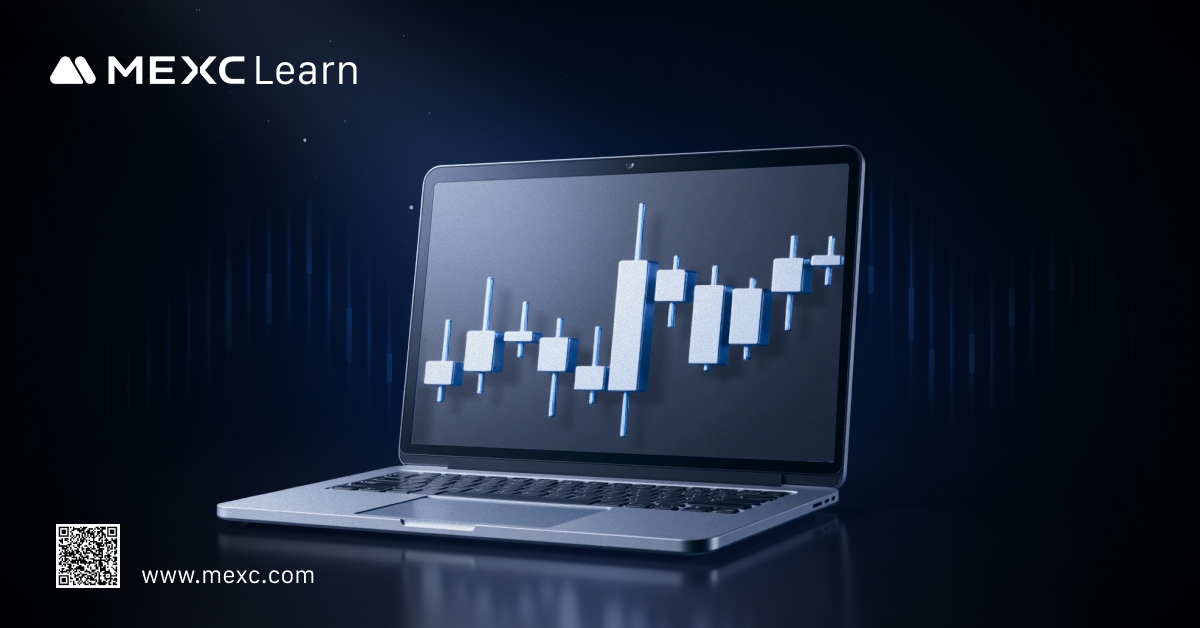
1. Overview of Common Technical Indicators
1)Moving Average (MA)
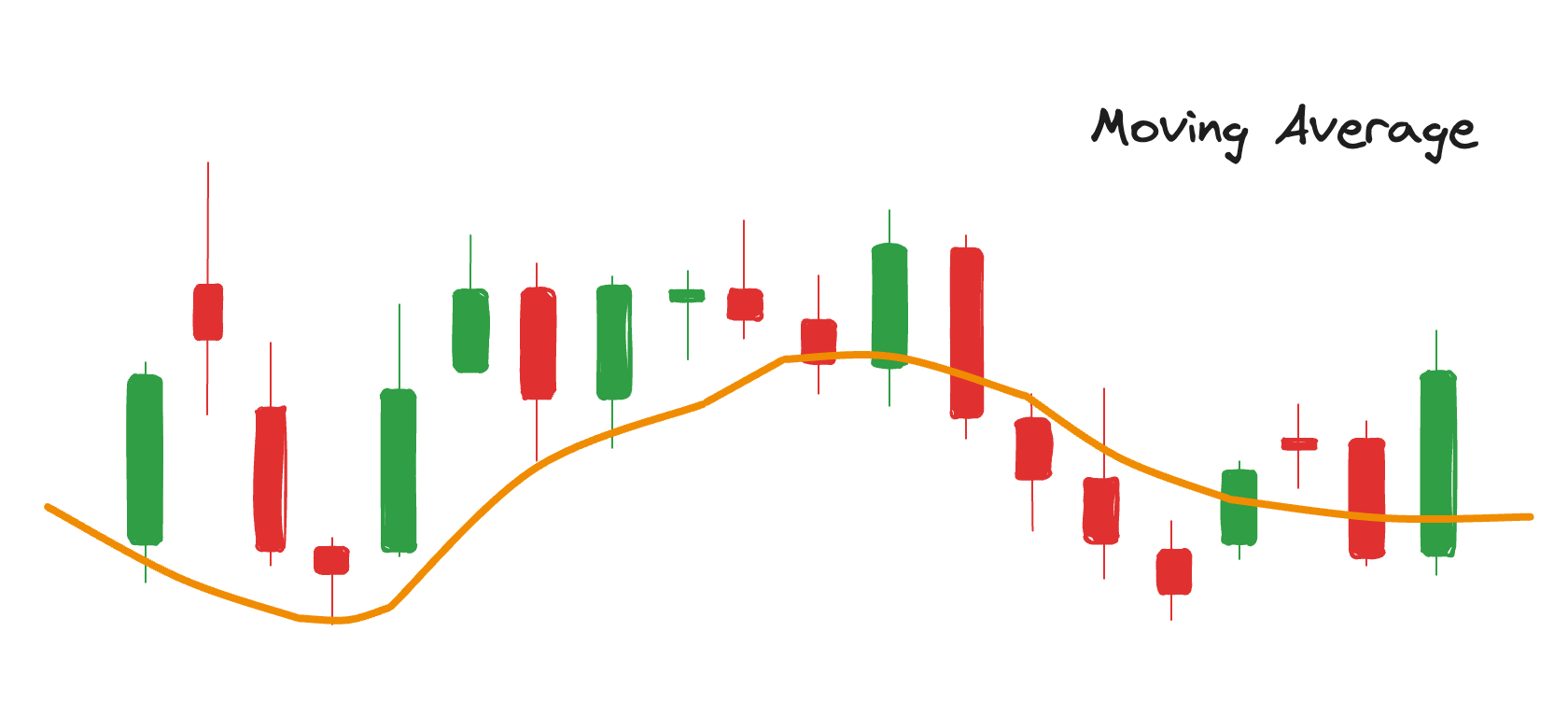
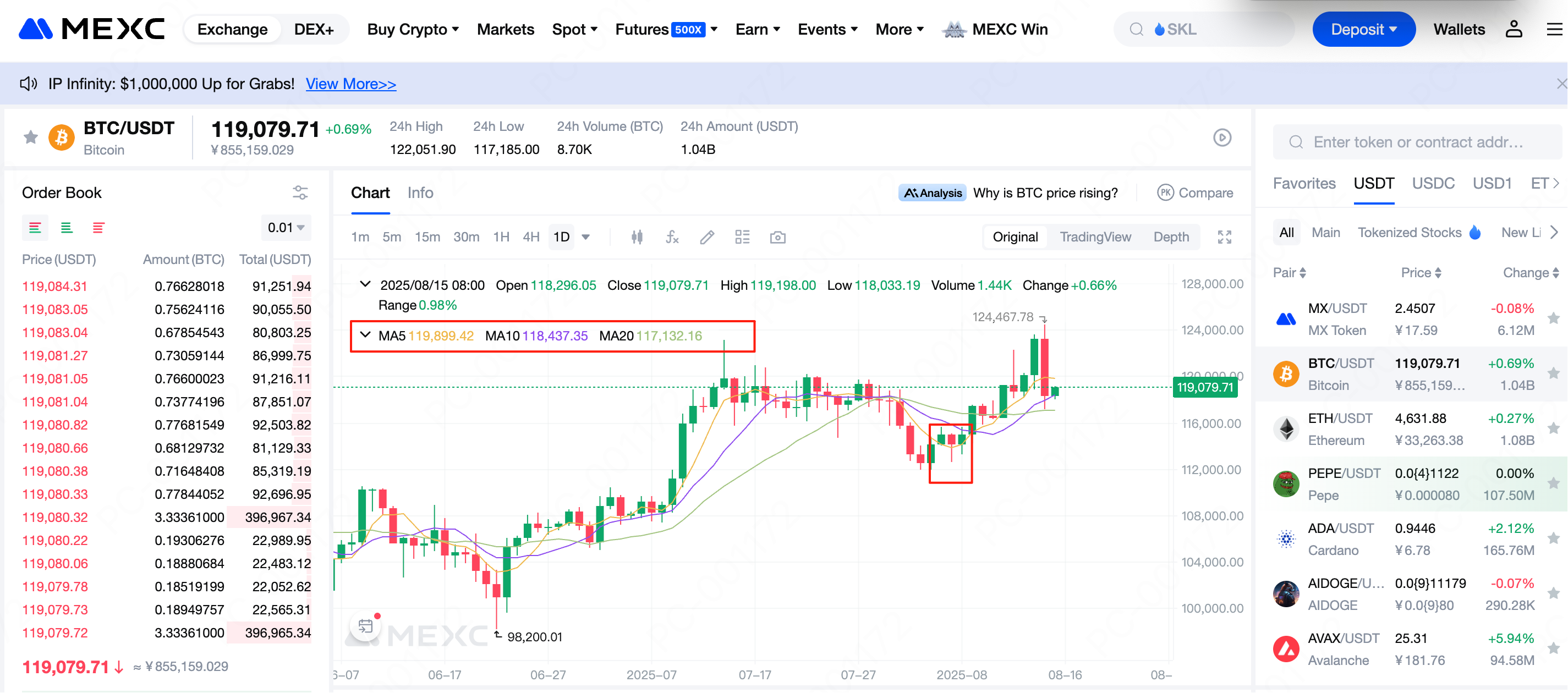
2)Exponential Moving Average (EMA)
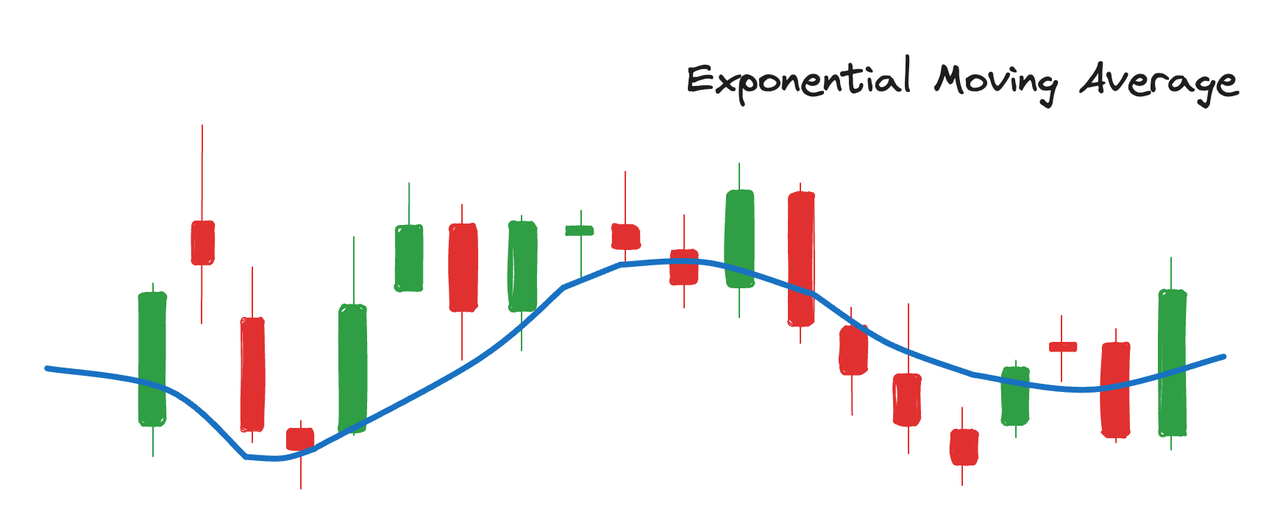
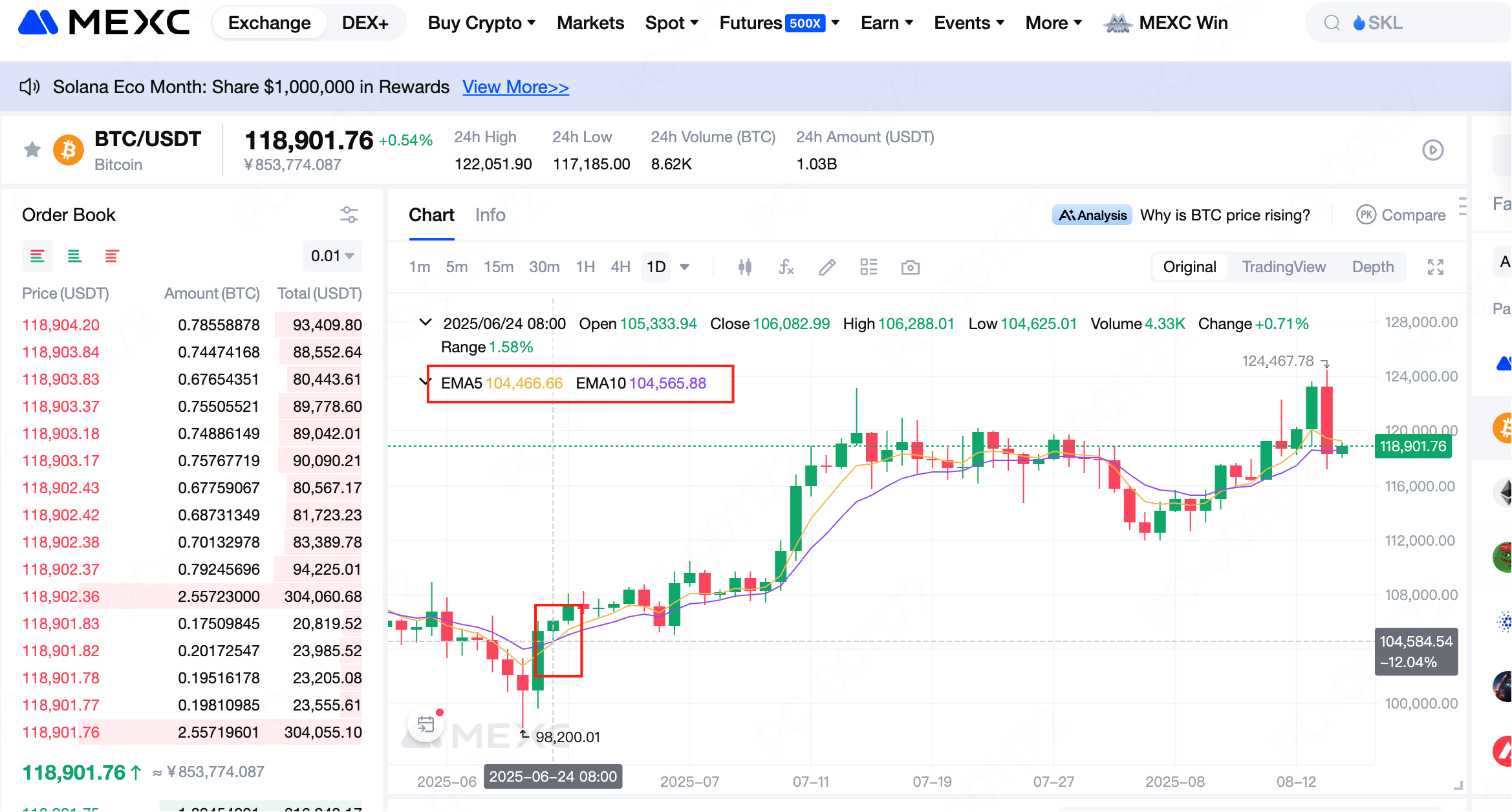
3)Moving Average Convergence Divergence (MACD)
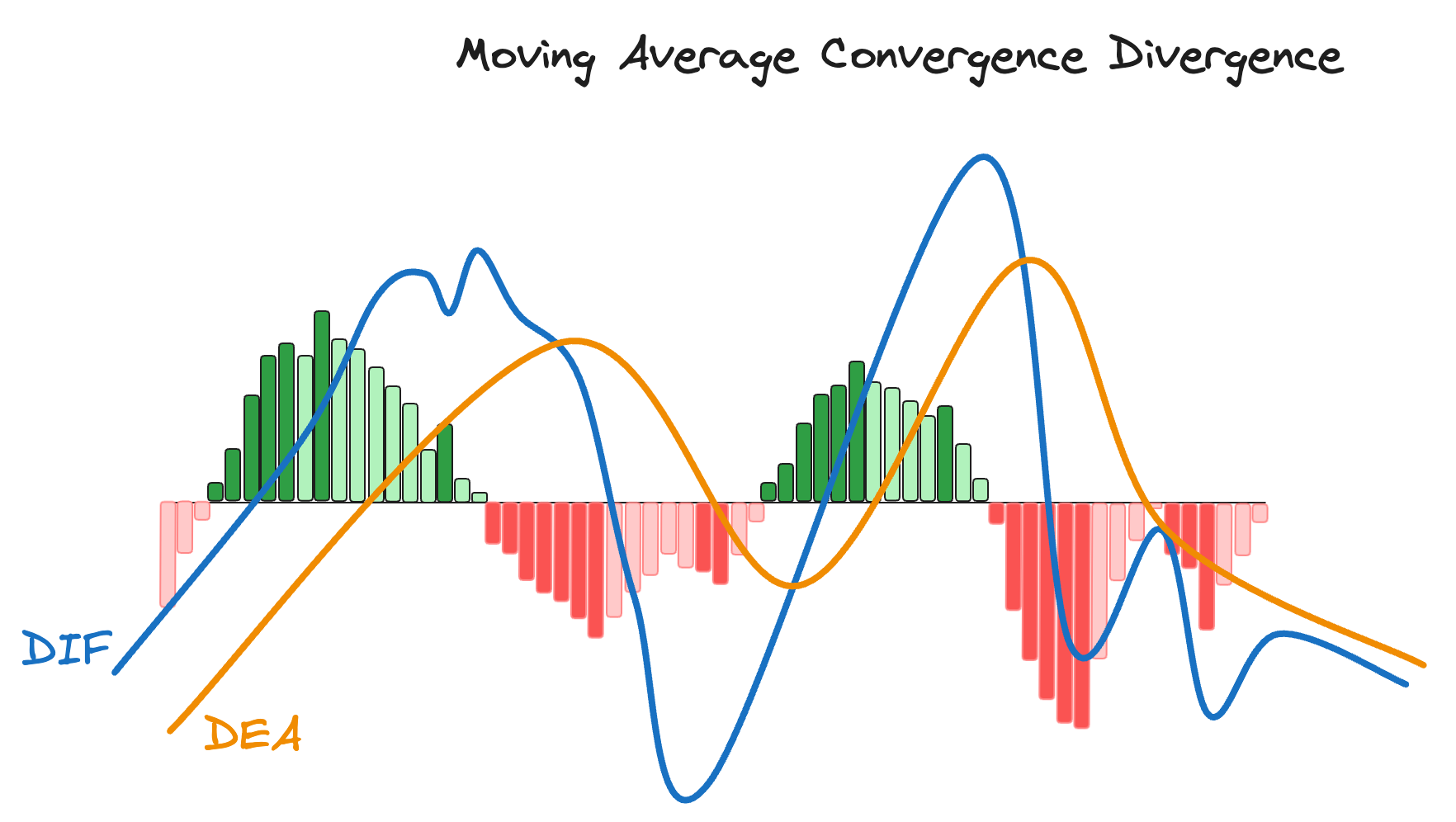
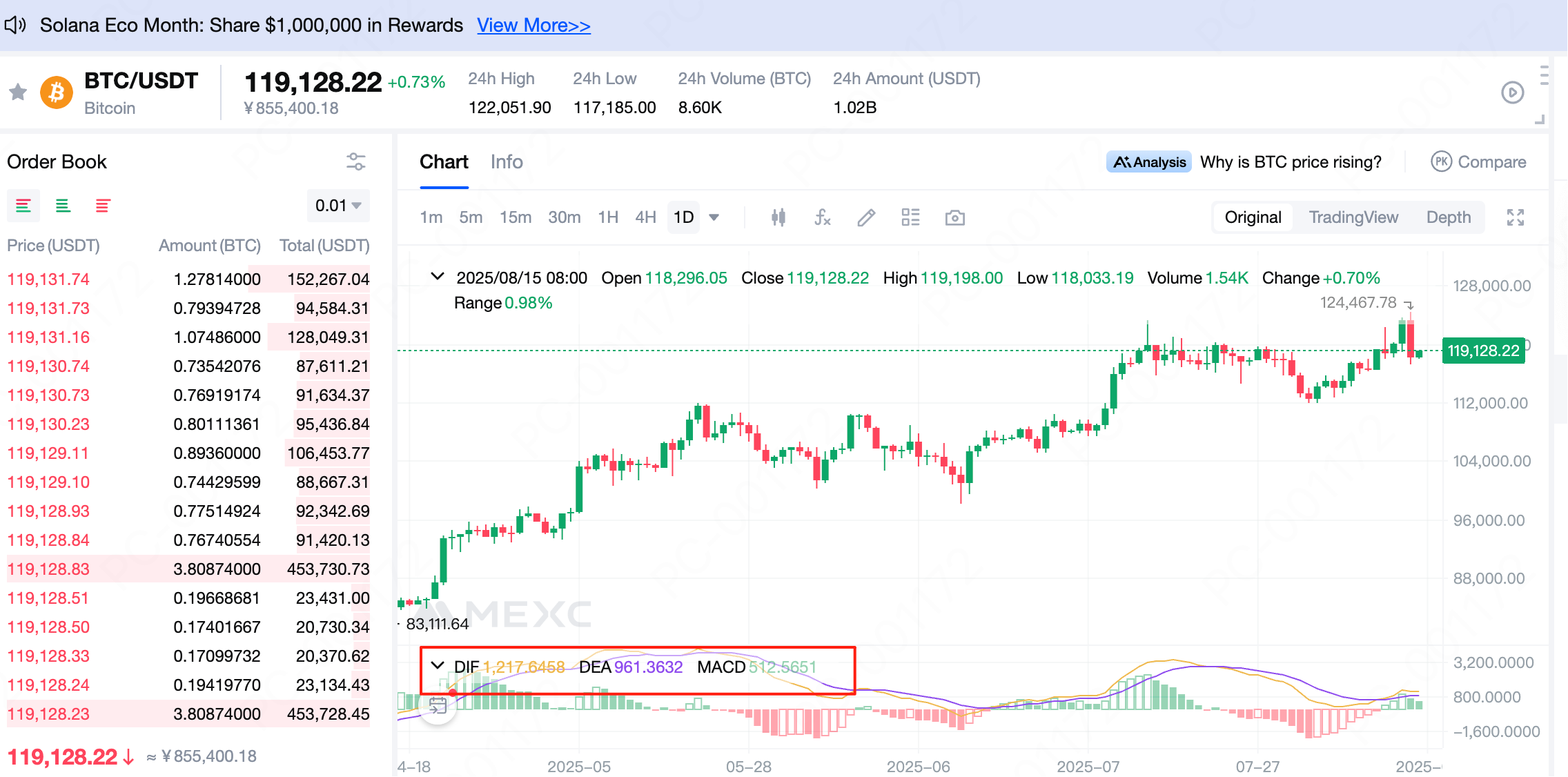
4) Bollinger Bands (BOLL)
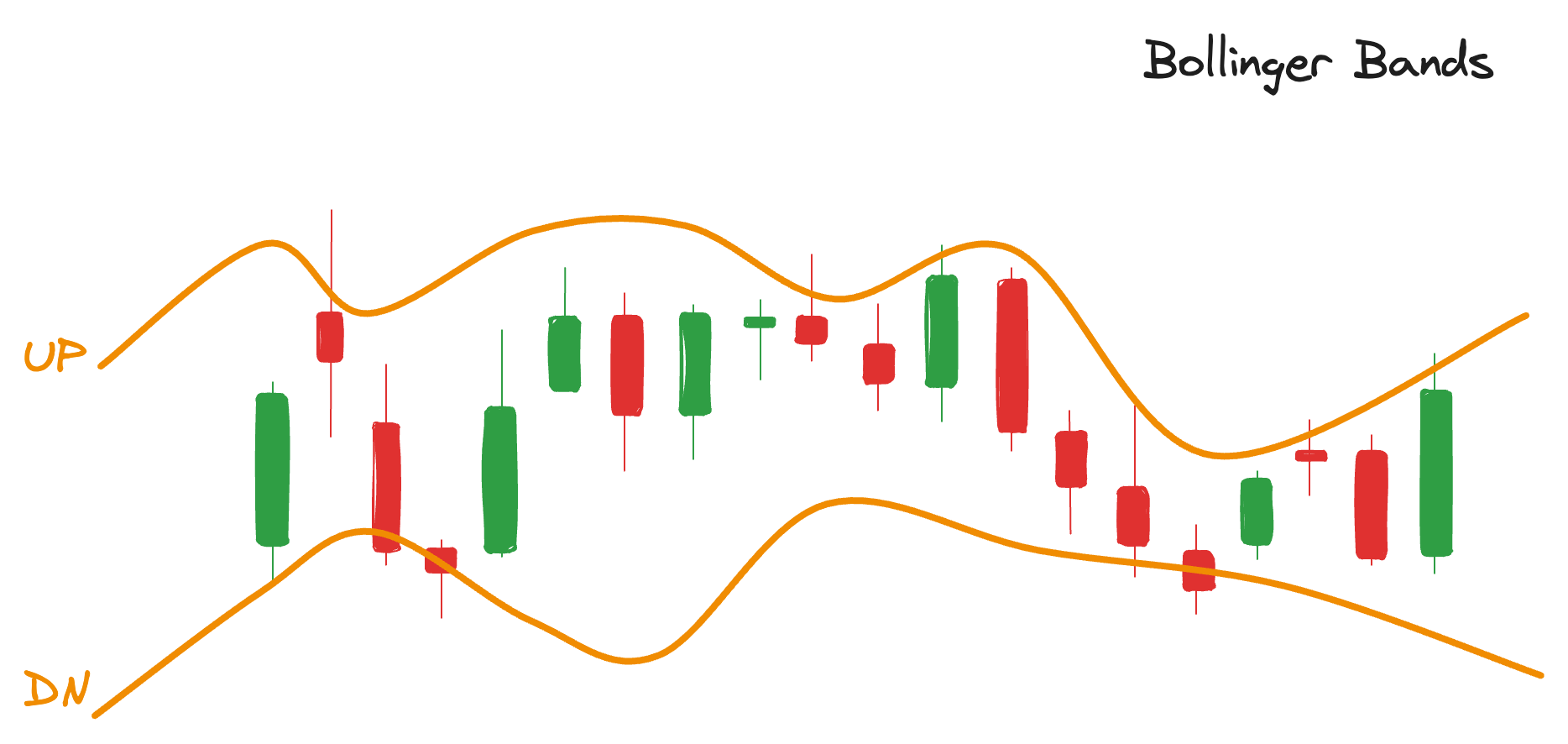
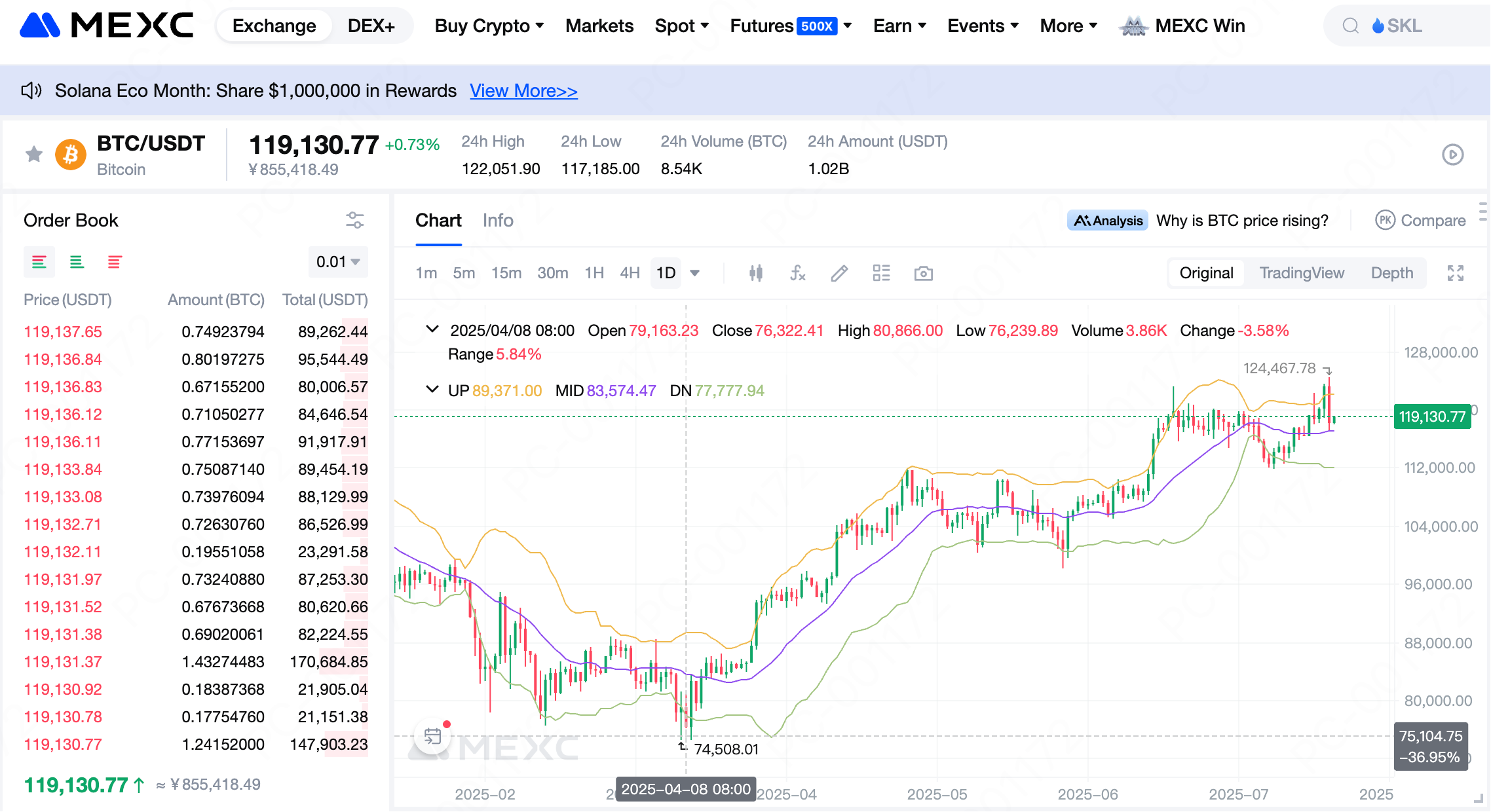
5)Relative Strength Index (RSI)
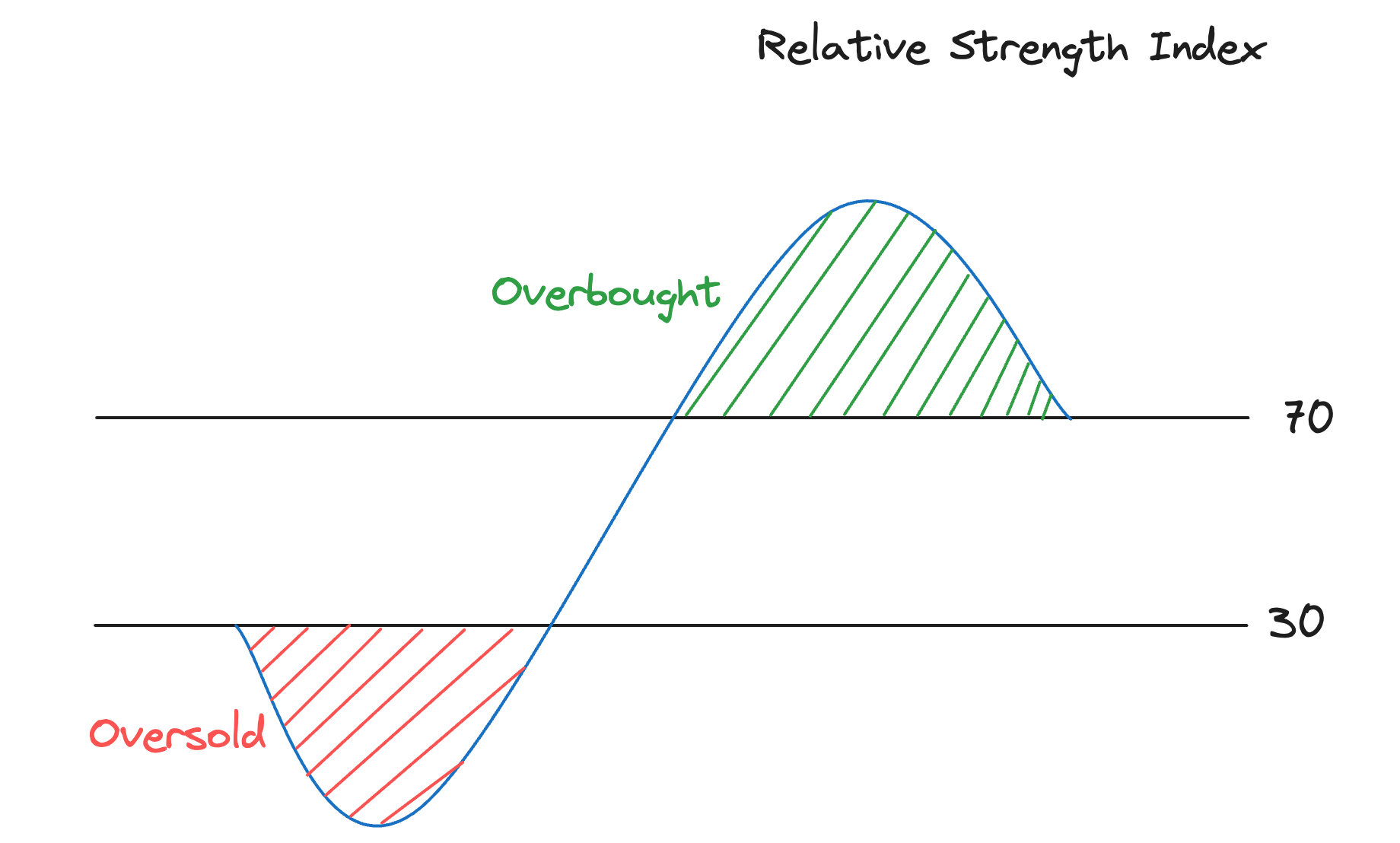
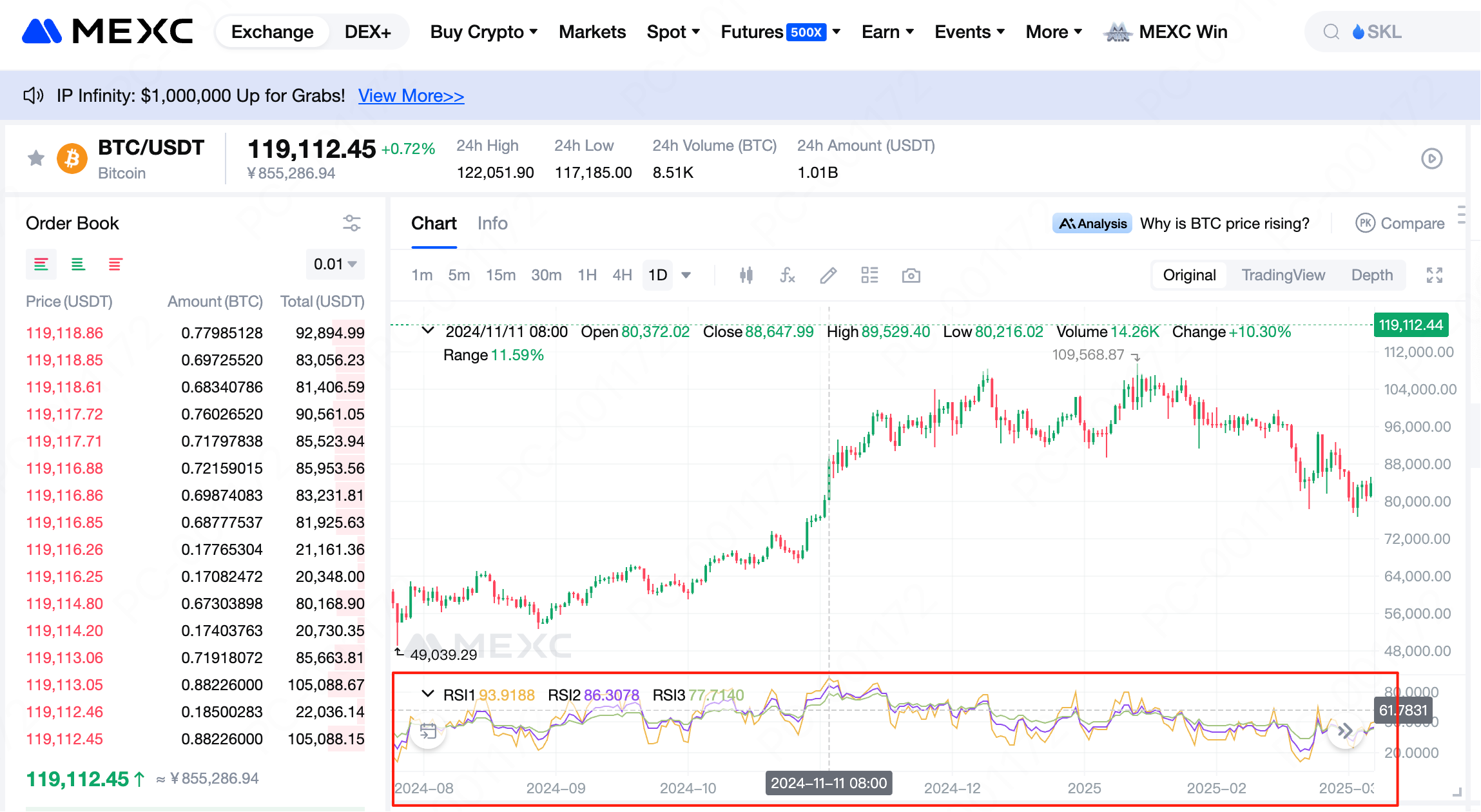
2. Advantages and Disadvantages of Common Technical Indicators
Technical Indicator | Advantages | Disadvantages |
Moving Average (MA) | Filters out short-term price fluctuations; provides support/resistance levels and trend reversal signals. | Lags behind price; ineffective in sideways markets and may be misled by outliers. |
Exponential Moving Average (EMA) | Responds more quickly to price changes; offers better smoothing and adaptability. | Can be overly sensitive, leading to false signals; may generate unreliable early reversal signals. |
MACD (Moving Average Convergence Divergence) | Strong trend-following capability; divergence between price and MACD helps identify reversals. | Suffers from lag; prone to false signals during sideways/consolidating markets. |
Bollinger Bands (BOLL) | Effectively reflects market volatility and provides support/resistance levels; mid-band helps with trend assessment. | Lagging indicator; can be misleading during false breakouts. |
Relative Strength Index (RSI) | Clearly signals overbought or oversold conditions and gauges trend strength. | Prone to noise in ranging markets; highly sensitive to the selected time period and may require adjustments. |
3. Benefits of Learning Technical Indicators
3.1 Accurately Identifying Market Trends
3.2 Effectively Managing Trading Risk
3.3 Enhancing the Scientific Basis of Trading Decisions
4. How to Set Up Technical Indicators on MEXC
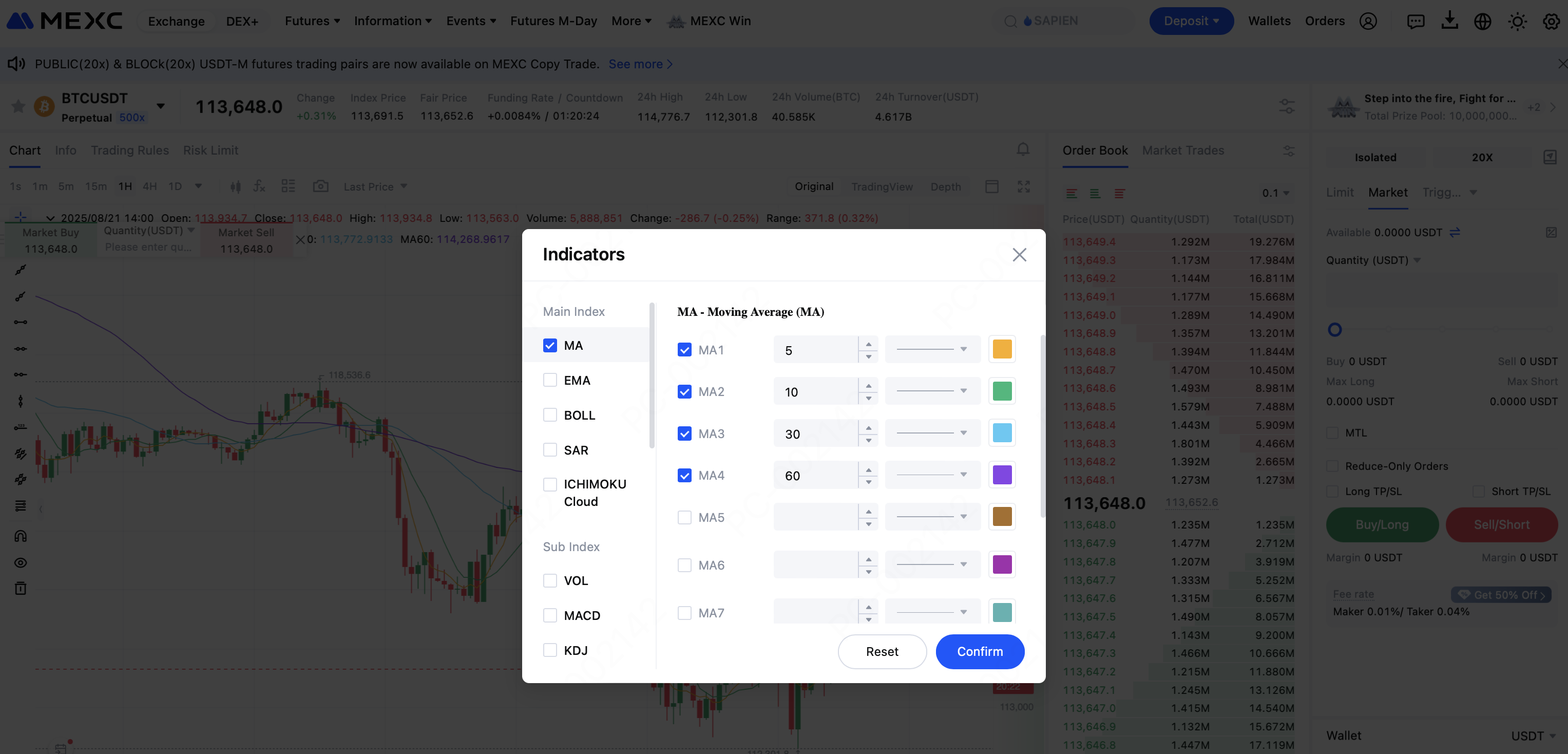
5. Conclusion
Recommended Reading:
- Why Choose MEXC Futures? Gain deeper insight into the advantages and unique features of MEXC Futures to help you stay ahead in the market.
- MEXC Futures Trading Tutorial (Website) Learn the full process of trading Futures on the web platform in detail, making it easy to get started and navigate Futures trading with confidence.
Popular Articles

Understanding Liquidation Risk: FAQs and Protection Tips
On MEXC, users can trade either USDT-M Perpetual Futures, with leverage up to 500x, or Coin-M Perpetual Futures, with leverage up to 200x. While high leverage offers the potential for significantly am

On What Date Was the First Block of the Ethereum Blockchain Mined?
If you've ever wondered about Ethereum's beginning, you're asking the right question. The story of when Ethereum's first block was mined marks one of the most significant moments in cryptocurrency his
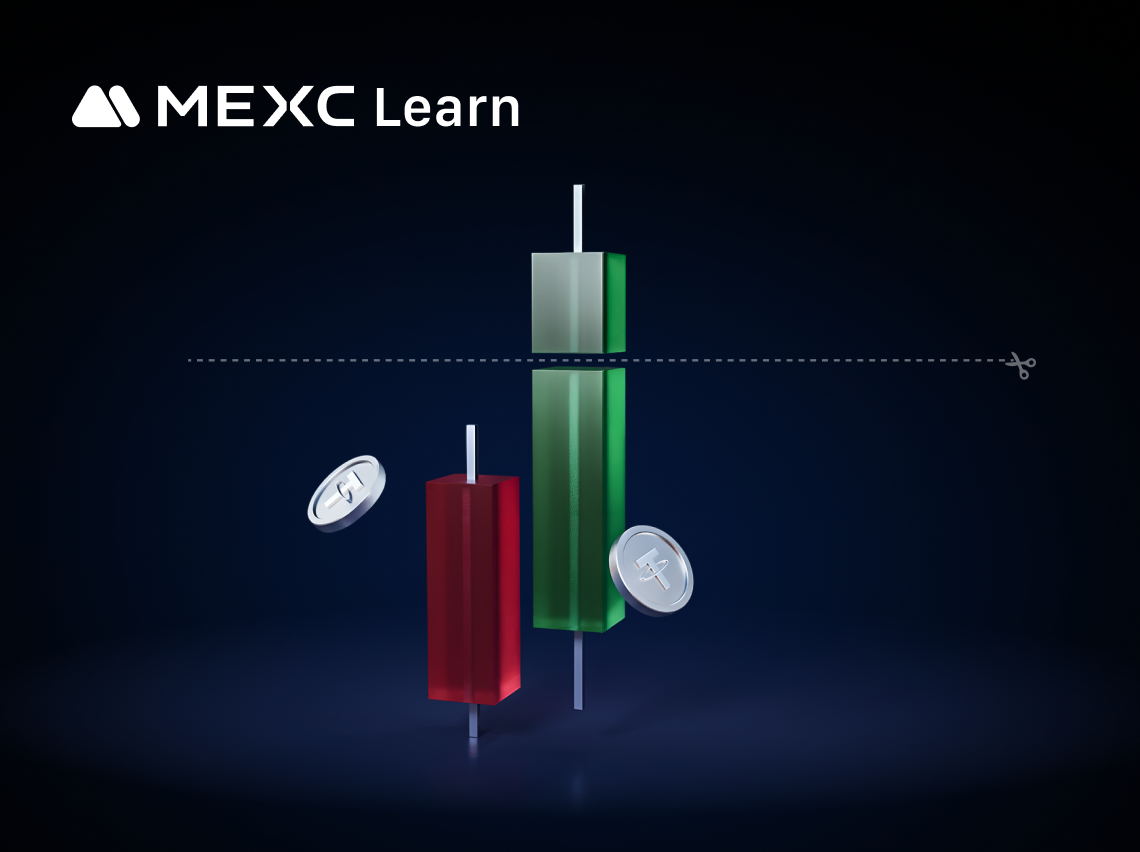
MEXC Advanced Futures Trading Strategies: Take Profit to Lock in Gains
When trading futures, successfully opening a position is only half the battle. The key to determining the success of a trade lies in closing it effectively: locking floating profits on the books into
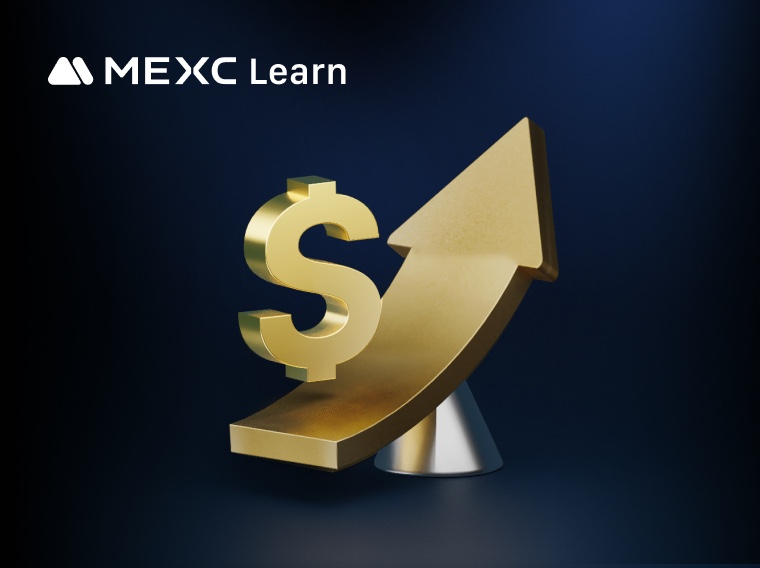
Maximize Profits or Face Liquidation? Mastering the Core Mechanics of Futures Leverage for Optimal Capital Efficiency
In the cryptocurrency and derivatives markets, leveraged futures trading is a powerful yet high-risk instrument. By enabling traders to control substantial positions with relatively small amounts of c
Hot Crypto Updates
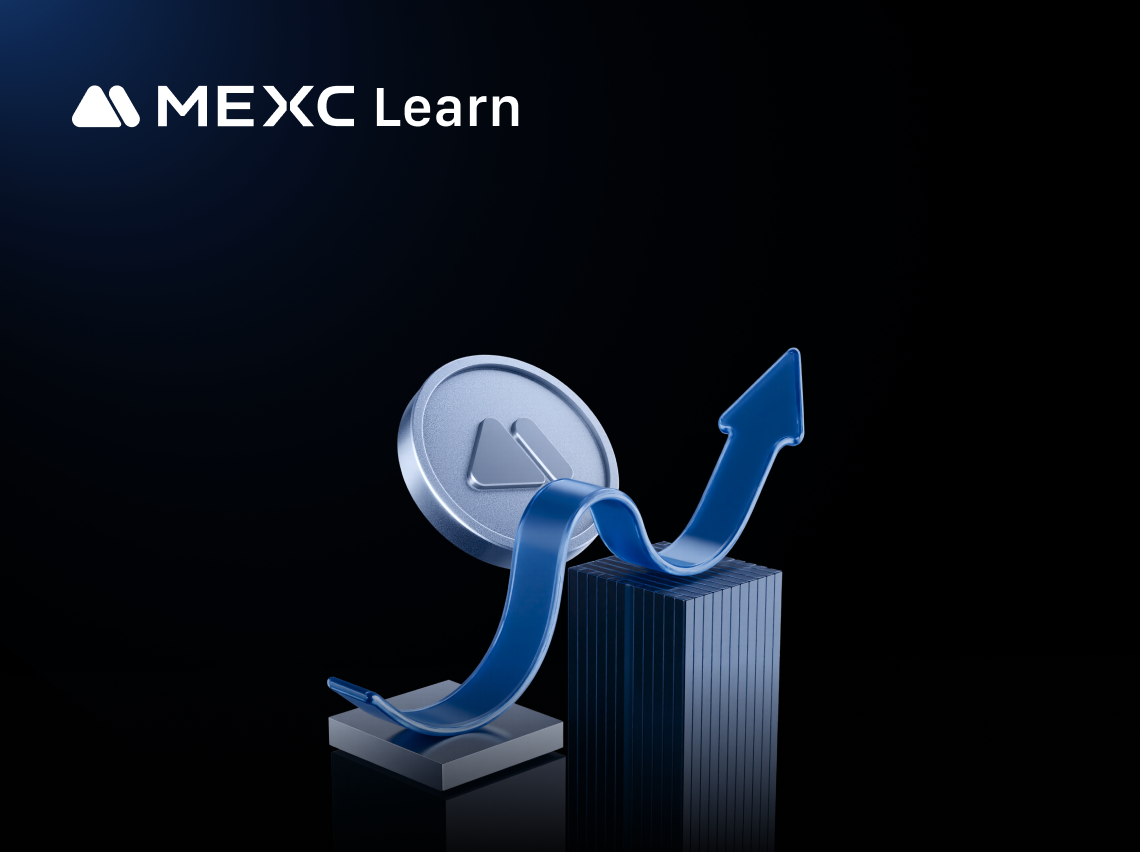
Is Anoma (XAN) Legal? Compliance Guide for Traders
Introduction to Anoma (XAN)'s Legal ClassificationAnoma (XAN) is an innovative cryptocurrency operating in the global digital finance sector, designed as an intent-centric decentralized operating syst
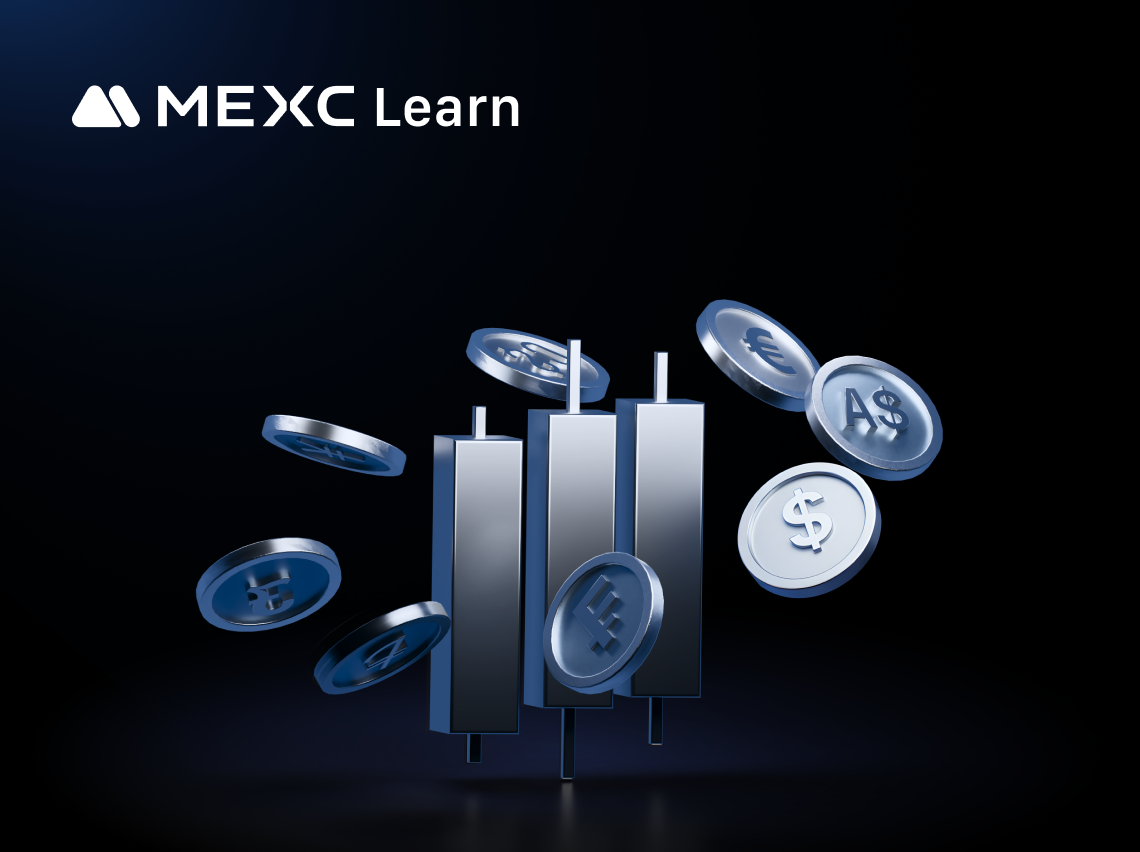
How to Select an Anoma (XAN) Trading Platform with Low Fees
Introduction to Trading Fee Structures for Anoma (XAN)When trading Anoma (XAN) or any cryptocurrency, fees can significantly impact your overall returns, especially for active traders who make frequen

Anoma (XAN) Derivatives 101: Beginner's Guide
Understanding Anoma (XAN) DerivativesAnoma (XAN) derivatives are financial contracts that derive their value from the underlying Anoma cryptocurrency without requiring ownership of the actual XAN toke
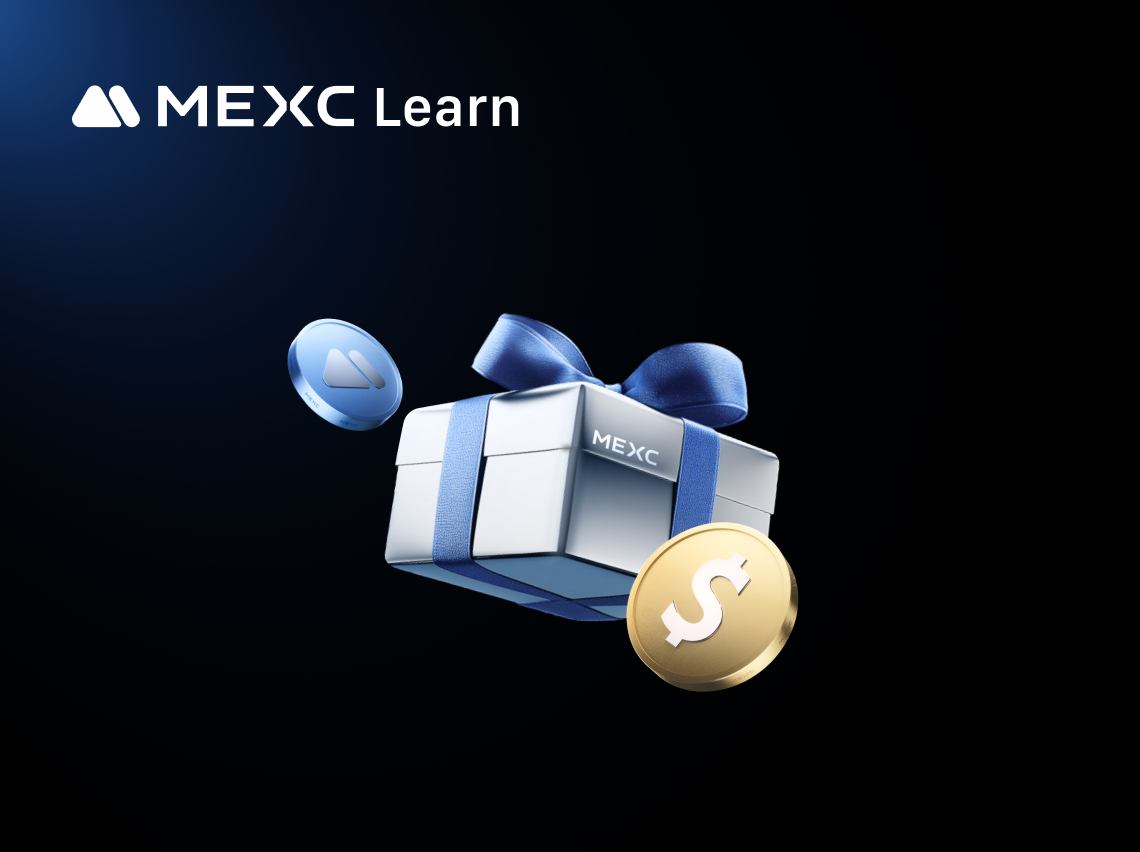
Anoma (XAN) Futures Trading: Risks and Rewards
Introduction to Anoma (XAN) Futures TradingAnoma (XAN) futures contracts allow traders to buy or sell XAN at a predetermined price at a future date without owning the actual Anoma tokens. Unlike spot
Trending News

Logitech G Drops a Wide Array Of New Products And Innovations At Logitech G PLAY 2025
Logitech G PLAY 2025 is a live-streamed global gaming event that brings together press, partners, creators, and fans to explore the future of gaming. The array of products and experiences included maj

Only a Few Crypto Treasuries Will Survive, Warns Coinbase Research Chief
That’s the view of David Duong, who leads investment research at Coinbase, and sees the sector moving into a consolidation […] The post Only a Few Crypto Treasuries Will Survive, Warns Coinbase Resear

Betting With Crypto? Best Bitcoin Sportsbooks to Use in October 2025
If you want to bet with Bitcoin (or other cryptos) in 2025, you need a sportsbook that combines trust, liquidity, speed, and good promotions. In this article, we profile the best crypto sportsbooks av
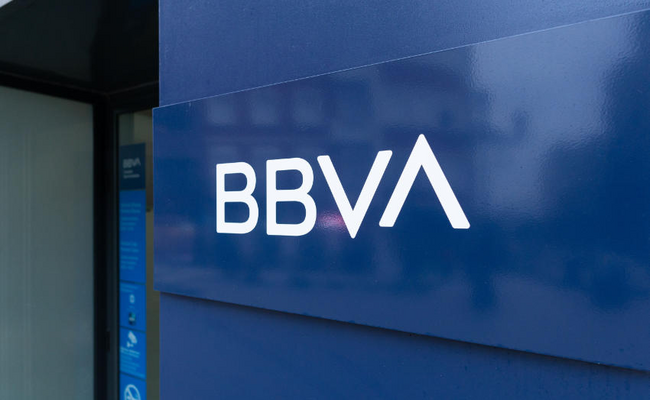
BBVA and SGX FX Partner to Launch 24/7 Regulated Crypto Trading for Retail Investors in Europe
Highlights: BBVA and SGX FX partner to launch 24/7 Bitcoin and Ethereum trading under Europe’s MiCA regulation. BBVA becomes the first EMEA bank to use SGX FX’s crypto infrastructure for retail client
Related Articles

What is Parabolic SAR?
The Parabolic SAR (Stop and Reverse) is a widely used technical analysis tool designed to determine the direction of price trends and identify potential reversal points. This indicator plots a series
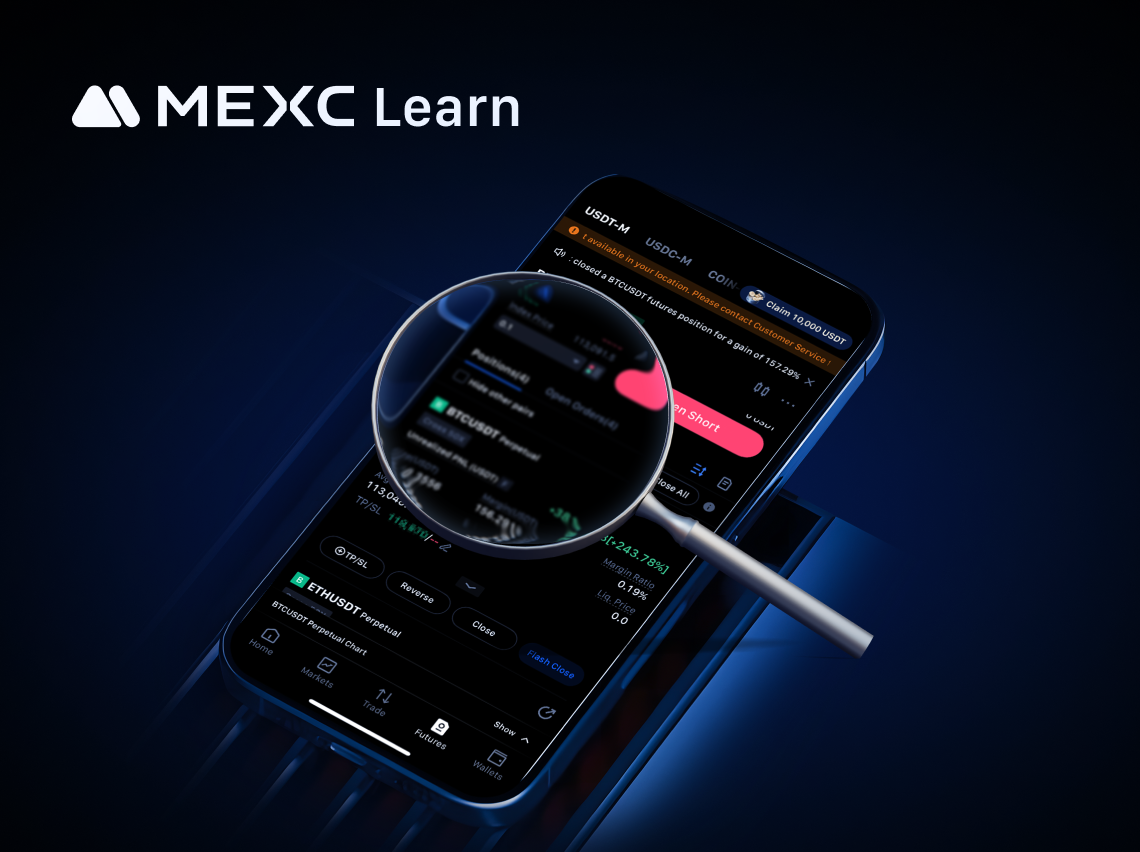
How to View MEXC Futures Account Assets and Open Positions For Improved Trading
Cryptocurrency futures trading has become popular among investors due to its flexibility and wide range of trading pairs. MEXC Futures, in particular, is well recognized by users for offering over 1,3
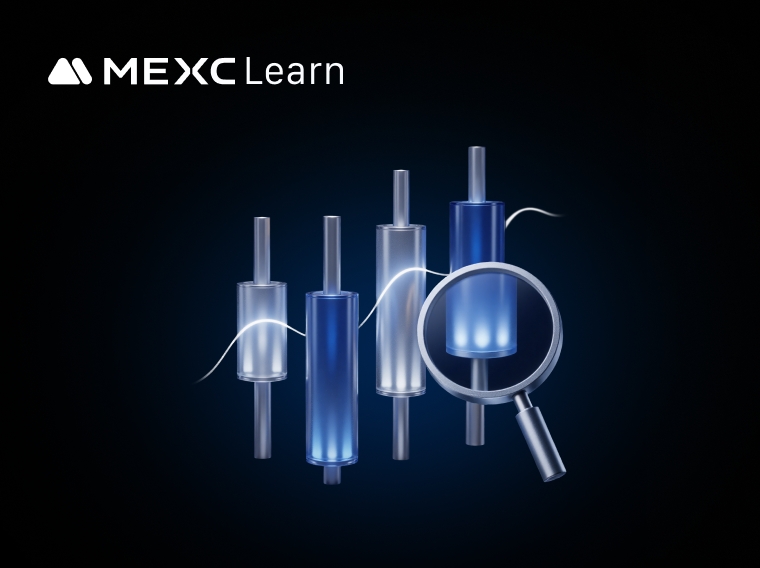
Common Technical Analysis Theories
Technical analysis is a widely used tool in financial investing, aimed at predicting future market trends by studying historical price movements and trading data. This article will break down the core

How to Quickly Draw Price Lines and High/Low Price Lines
In cryptocurrency trading, candlestick charts are an essential tool for traders' daily market analysis. Among them, the price line and high-low price lines are fundamental yet critical components of t
